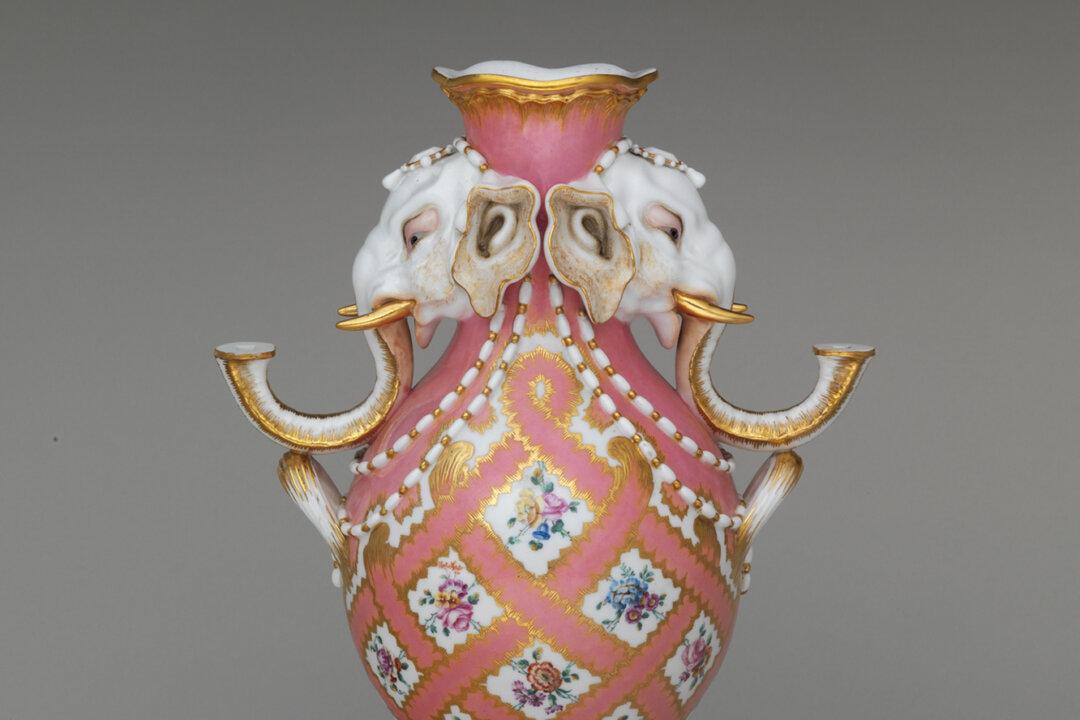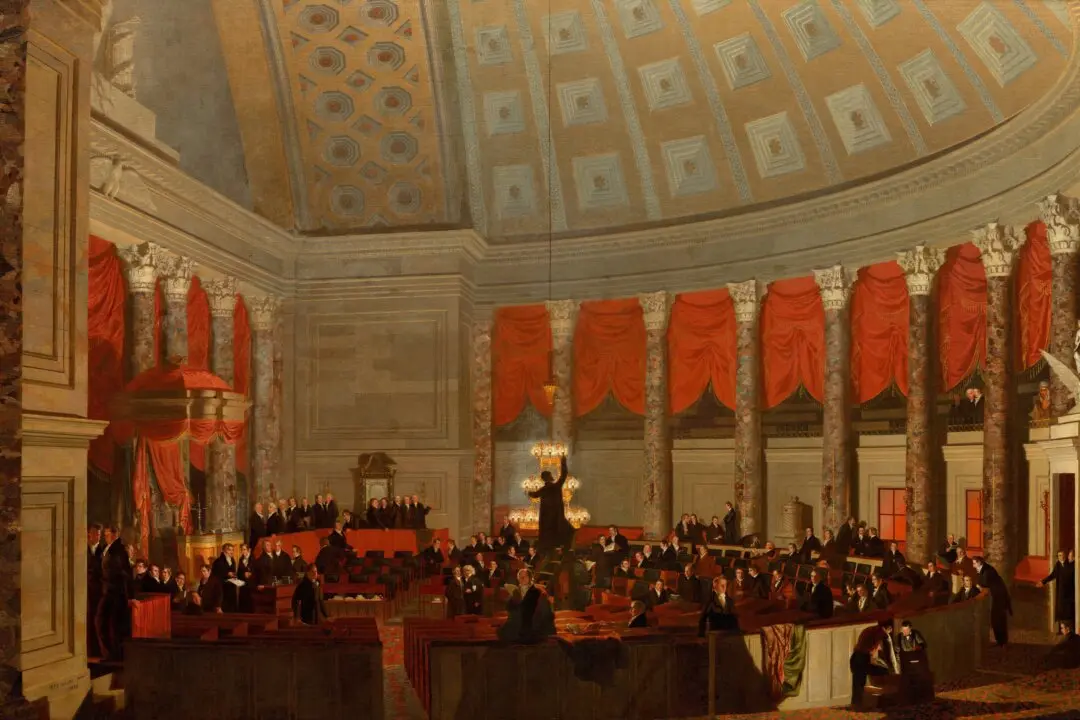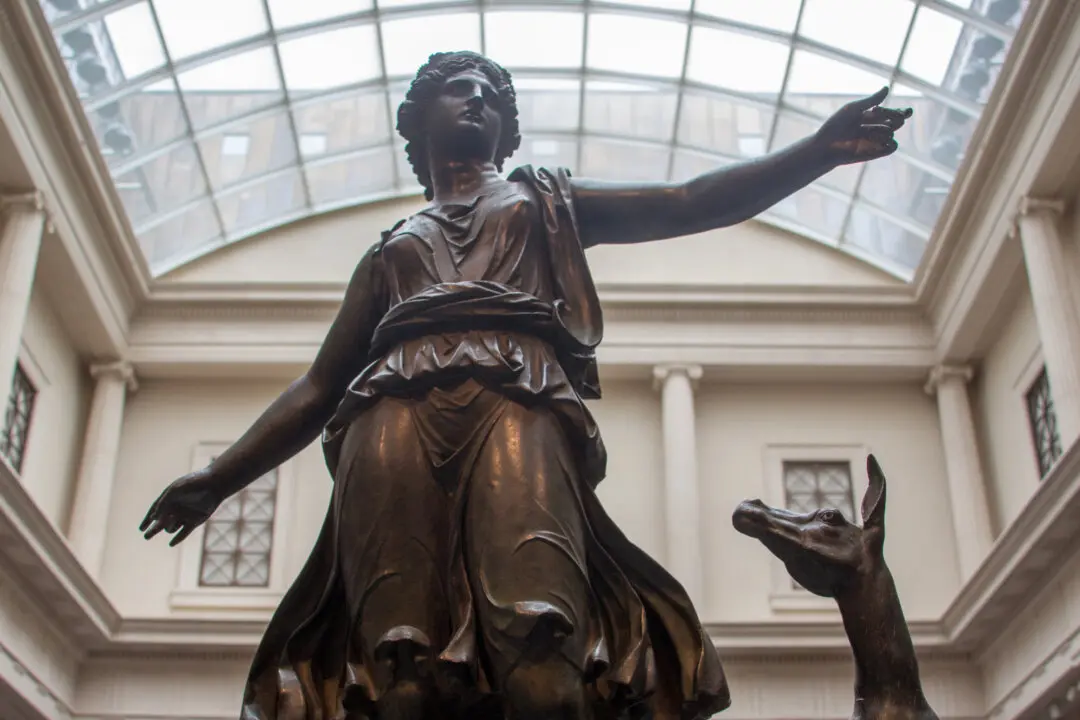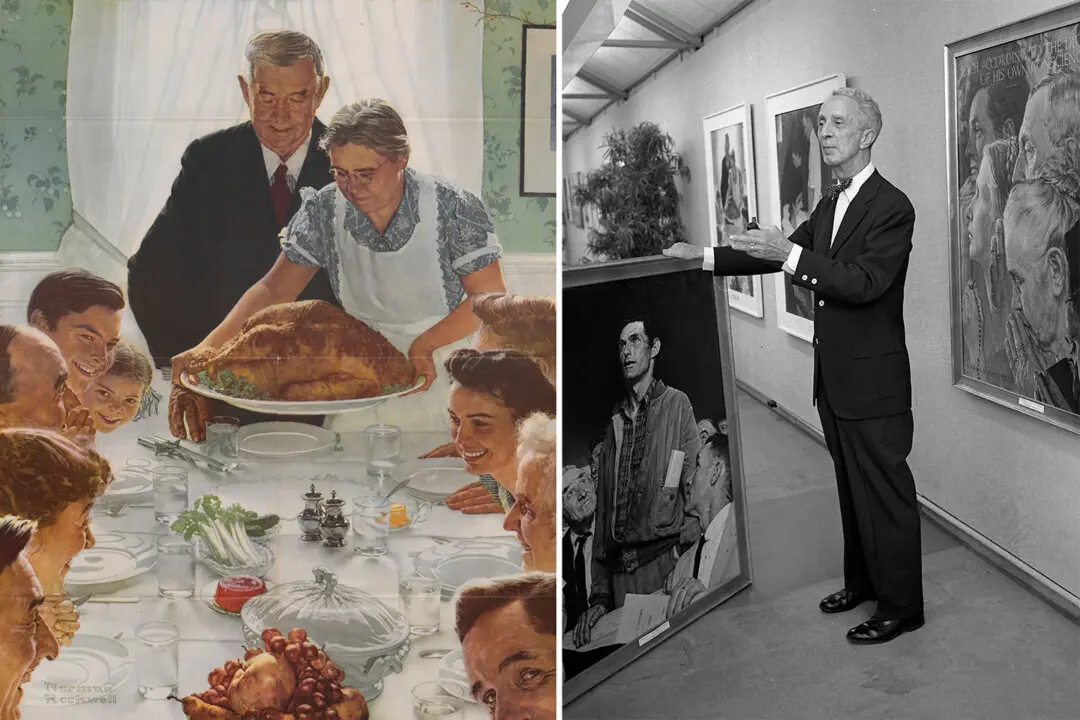The history of porcelain dates back around 2,000 years to China. Porcelain is a vitrified, translucent white ceramic usually made from the materials kaolin, which is a type of clay, and petuntse, a kind of mineral, fired at high temperature. Its legacy in the West is much more recent. Chinese porcelain was first imported into Europe in the 14th century.
Europeans became infatuated with the fragile, yet durable, material that they referred to as “white gold,” and their royalty assembled vast collections of it. Not content with buying exports, European rulers wanted to make their own porcelain tableware and decorative objects. No European cracked the code of producing true porcelain, known as hard-paste, until the early 18th century.





